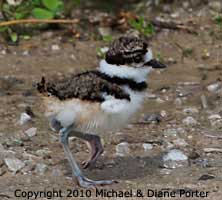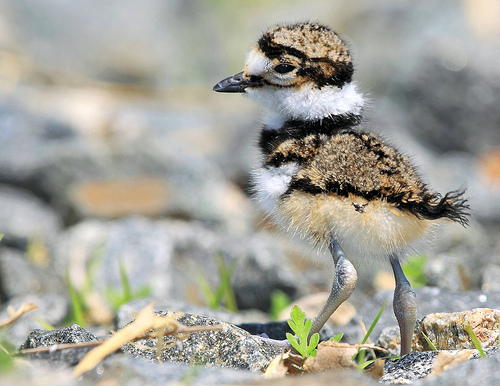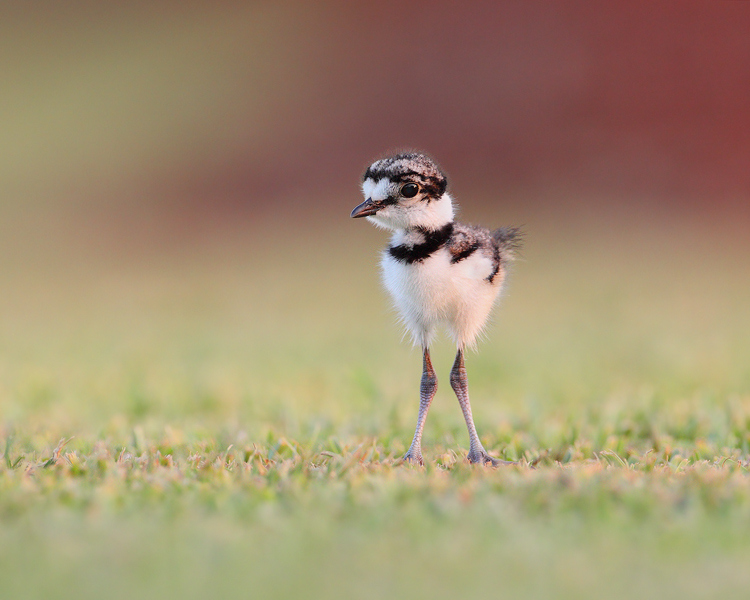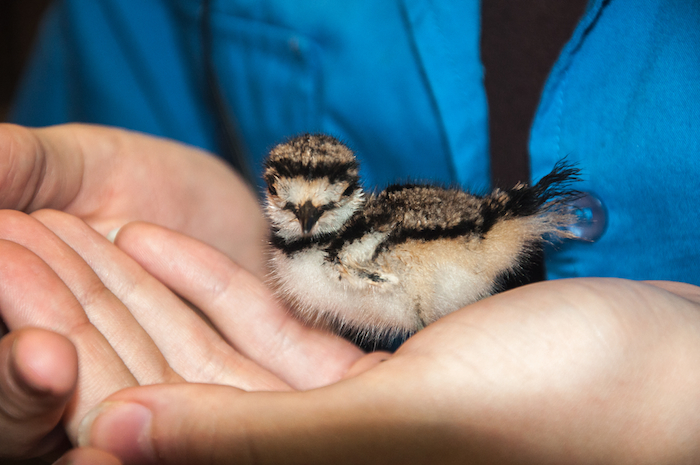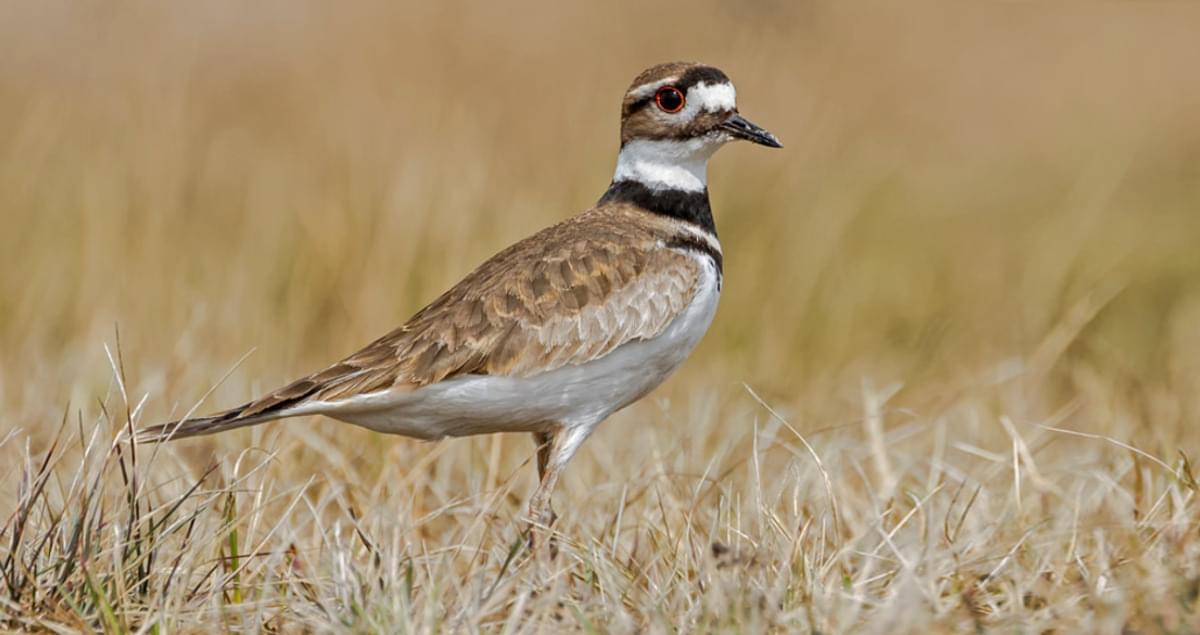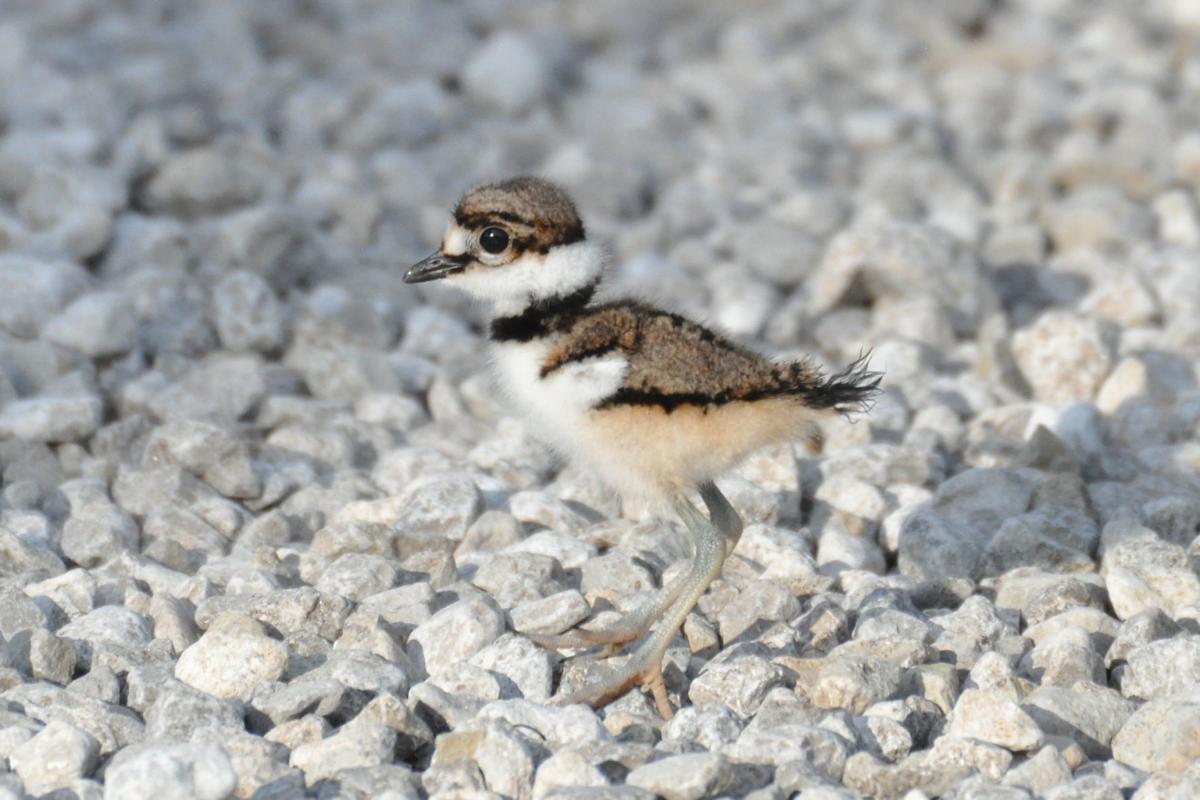How To Take Care Of A Baby Killdeer Bird

Home care and feeding for baby birds once you get the bird home the basic rule is always to keep the bird in an environment that s warm dark and quiet says luevano.
How to take care of a baby killdeer bird. It s the only way this chick can survive. These chicks hatch out of the egg covered with thick down open their eyes quickly and are perfectly capable of walking. Precocial birds like baby chickens and baby ducks are all cute. Tl dr don t touch the.
Within minutes of hatching they imprint on their parents and follow them tenaciously. However these medium sized tawny brown birds mostly nestle far away from water bodies and are common to grass lawns fields golf courses and garages or parking spaces. No don t try to feed the incubating birds on their nest. Make the baby bird a temporary nest.
Down covered young birds should be kept in a cardboard box indoors away from pets and small children and out of direct sun or drafts. Keep the temperature in the box between 80 and 90 f. They are hideous blind bald wrinkly skinned little lizards that only a mother could love. Baby killdeer are veracious feeders in the wild but stress can destroy their appetite.
The killdeer bird is a plover that technically falls under the shorebird group found in and around north america. Killdeer forage on the ground for insects and other small invertebrates. The parents don t feed the babies when they hatch. Baby killdeer like baby ducks geese and other fowl are what we call precocial chicks.
In contrast altricial bird babies like robins and blue jays are not cute. Check in your phone book or online for a certified wildlife rescue or rehabilitation center or person who is licensed to care for wild animals. The killdeer seems to have got adapted to human disturbance. Both parents show them food items which they pick up and eat.
Place a small plastic or wooden bowl into the box and line it with undyed paper towel. From the time they re hatched the baby killdeer find all their own food and feed themselves. A lamp with a 40 or 60 watt bulb should provide enough heat but don t put the lamp directly over the bird.

